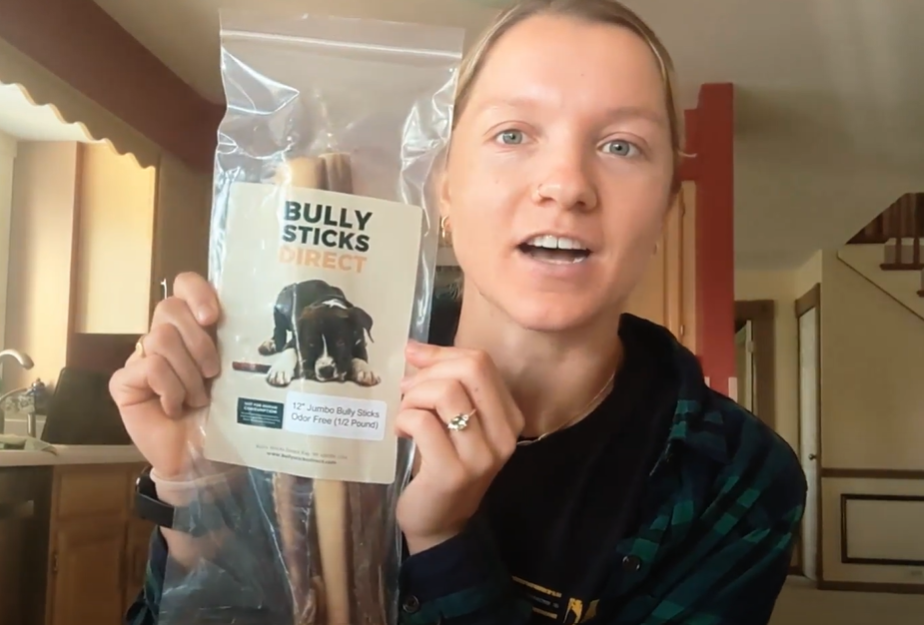When I was an up and coming dog trainer, the psychology of training animals absolutely fascinated me. We are two different species yet we need to communicate on a daily basis! How do we get there if we don’t speak the same language? By touch? By food? There were so many questions and an overwhelming amount of information to be found. I’d spend hours researching and reading theory. In this article, I’ll explain B.F. Skinner’s Operant Conditioning Theory and how it shapes all dog trainers and the philosophies they use to help train you and your dog. Opinions on the use of these methods can be debated intensely, so we’ll save that conversation for a different day.
While Pavol gets mentioned many times for his classical conditioning experiments, B.F. Skinner is often not give enough credit. Operant conditioning deals with intentional actions that have an effect on the surrounding environment. He believed that the best way to understand a behavior is to look at the causes of an action and its consequences. In order to take an in depth look, we have to understand the terminology. In Operant Conditioning Theory, there are essentially four quadrants: Positive Reinforcement, Positive Punishment, Negative Reinforcement, and Negative Punishment. What do you think of when you read “Positive” and “Negative”? Good and bad, is the first thing that comes to mind. In this context however that would be incorrect. In Operant Conditioning, “Positive” is considered adding and “Negative” is subtracting or taking away. “Reinforcement” is pretty straight forward and means trying to increase the frequency of a desired behavior. Lastly, “Punishment” is a consequence that is aimed at decreasing the likelihood of a behavior happening again in the future.
Still with me? Good. So let’s break it down even further by mixing and matching our newly learned terminology. We’ll start with the best known example: Positive Reinforcement. Positive Reinforcement is essentially adding something to the equation to encourage the subject to repeat a desired behavior. Examples include giving your dog a treat for sitting when asked, rewarding an employee with a bonus for a job well done, giving your child $5 for every A they receive on their report card. Positive Reinforcement in dog training does not necessarily have to be with a food item, but can be given through praise or playing with a favorite toy. Some trainers may not use treats, but this doesn’t mean they don’t utilize something positive to reinforce a behavior.
The next quadrant is one of the most misunderstood forms of Operant Conditioning, Negative Reinforcement. The first three websites that appear when Googling the term are teeming with misinformation. Many people consider correcting a dog to be negative reinforcement, but that is not the case. If we circle back to our terminologies, Negative means taking away or removing something, it does not mean that you correct the dog using a negative or aversive stimuli. This is the most difficult quadrant to understand and to put into practical terms. The best example that comes to mind involves a common household dynamic, the nagging spouse. When wanting something to get done around the house the spouse will constantly bring up that they want it done. Once the task is completed the nagging is removed. At the end of the day, Negative Reinforcement is one of the hardest to quantify in dog training and is the rarest quadrant used.
Positive Punishment is often confused with Negative Reinforcement. Positive Punishment involves adding a stimuli to a stop an unwanted behavior. There are many ways to go about this and most dog owners use this more than they realize! A great example is telling your dog “No” or “Stop” when he/she is barking. You’re adding verbage to stop an unwanted behavior. Positive punishment is often used on daily walks. When a dog pulls, handlers often have the tendency to tug or correct them back on leash. The handler is adding a correction (Positive) that will decrease the frequency of the behavior (Punishment)..
By now, explaining and understanding Negative Punishment should be a breeze. We take away something to get a behavior to stop. Your teenager comes home late so you take the car away (Negative) to stop them from coming home late next time (Punishment). In terms of dog training, if your dog growls at another dog over a toy, you take that toy away (Negative) to get him/her to stop growling (Punishment). The list of examples can go on and on!
While there’s plenty of science to dog training, the art is knowing when to apply each quadrant depending on the dog’s specific personality. If your dog is skittish and shy around people or other dogs, a trainer may elect to lay off Positive Punishment and use more Positive and Negative Reinforcement to coax it out of its shell. Some trainers may find Positive Punishment more effective when teaching a dog to Heel then having to constantly rely on treats and Positive Reinforcement the entire walk. Judgement is key and no matter what techniques you use to train your dog, almost all of B.F. Skinner’s quadrants are in play at some time or another.



